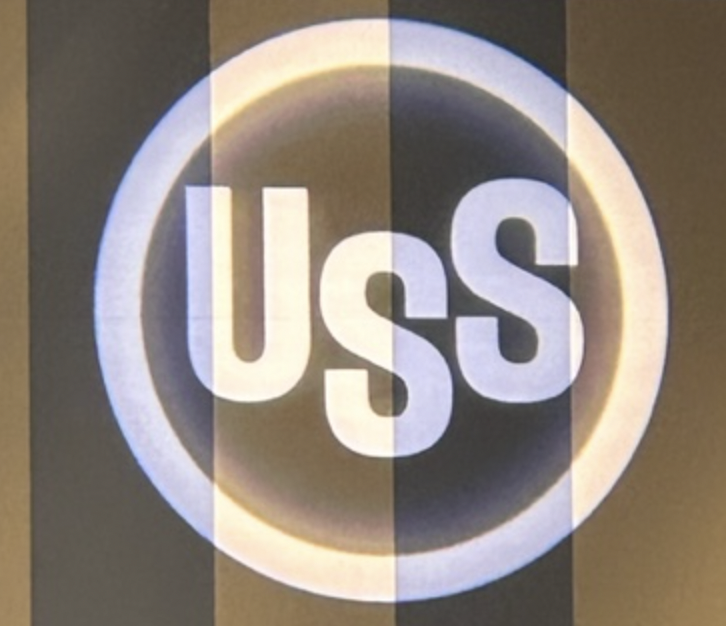Final Thoughts
Final Thoughts
Written by Ethan Bernard
August 31, 2023
Some of you may remember when the year “2000” seemed like the distant future. That year we luckily escaped the perils of Y2K unscathed. My dad had a business selling used electrical equipment, and generators had been a hot commodity. A lot of panicking all over how computers recorded the date. The future arrived, and things carried on, as they do.
After this year’s Steel Summit, I came away with a similar feeling. Nothing to do with prepping for a calamity. Rather, formerly far-away target dates of “2030” or “2050” and words like “carbon neutral” seem like they’re very much a part of the here and now. Behind some of today’s headlines, those bigger issues are making themselves known.
For example, as the US and EU try to hammer out their “global arrangement on sustainable steel and aluminum” by October, wide disagreements exist. The Trade Panel: The Effects of Decarbonization on Trade Policies highlighted that. But everyone knows some kind of framework will be put in place that could have large implications for the steel industry and for how global trade is conducted. There is only so much room to kick the can. And, relevant to sustainability, that can better be recyclable.
Also, we’ve spent a lot of time talking about a possible United Auto Workers (UAW) union strike. The contract is set to expire in only two weeks and tensions are running high. We’ve also mentioned that there was a short strike in 2019. Well, the year 2019 seems almost like another millennium, before a pandemic, supply-chain issues, the war in Ukraine, etc.
One of the UAW’s concerns is the transition to EVs. No one knows exactly how that’s going to play out; it’s uncharted territory. The internal combustion engine and Detroit have been synonymous. But how the landscape will look and be carved out remain question marks. Of course, getting the electric grid in shape to meet the demand of EVs is a whole debate in itself.
Union workers recently ratified an interim labor agreement at battery cell maker Ultium Cells in Lordstown, Ohio.
This highlights UAW’s fight for workers at these plants.
“We will keep fighting at Ultium and all EV plants to win the same strong pay and safety standards that generations of autoworkers have won at GM, Ford, and Stellantis,” Shawn Fain, UAW president, said in a statement.
In his presentation on the Steel Price Forecasts: Boom or Bust in 2024? panel at Steel Summit, John Anton, director at S&P Global Market Intelligence, said, though, an EV is a “rather simple piece of machinery.“ He compared this with the constellation of parts needed to build an internal combustion engine. Then he looked back at the advent of the automobile and the creative destruction resulting from the transition. Finally, he made an analogy to what’s happening now.
“If you’re making a buggy whip, you better find a new job,” he said.
Another thing that came around about that time of that auto transition is U.S. Steel itself, founded in 1901. Its Big River Steel mill in Osceola, Ark., is definitely cutting-edge and forward looking. The question is: Will someone else own it come a year from now?
We were lucky to have U.S. Steel as one of the sponsors of our conference. Their logo was projected onto both sides of the wall of the main auditorium. Normally, I wouldn’t have thought much about it. But I took a handy piece of technology from my pocket and snapped a pic. Just wanted to have it. Sometimes the future can arrive pretty fast.


Ethan Bernard
Read more from Ethan BernardLatest in Final Thoughts

Final Thoughts
What's going to be the next big thing in steel?

Final Thoughts
Based on the amount of ‘out of office’ replies we’ve been receiving and the results of this week’s steel buyers’ survey, those pesky summer doldrums have arrived for the steel industry.

Final Thoughts
Maybe some of this uncertainty will get ironed out ahead of Liberation Day tariffs resetting higher rates on July 9. But if I had to place a wager, it would be on more drama and last-minute brinksmanship - whether it comes to the Liberation Day tariffs or the various Section 232s that are in the works.

Final Thoughts
What should you keep your eye on, considering the latest geopolitical events?

Final Thoughts
Not many people in the North American steel market had direct US involvement in another Middle East conflict on their bingo card. Prices weren't expected to shoot higher unless something unexpected happened. That unexpected something has now happened. And there is talk of oil at $100 per barrel. What does that mean for steel?
